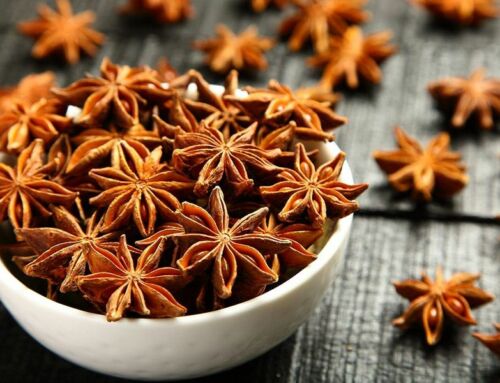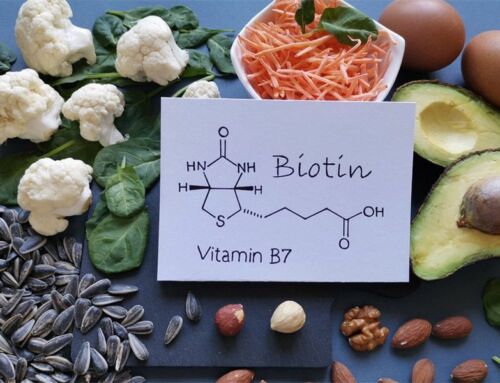Table of Contents
- Regulation of herbal supplements:
- Quality of herbal supplements:
- Safety of herbal supplements:
- Efficacy of herbal supplements:
- History Of Herbal Medicine
- Complementary and Alternative Medicine
- Biological Based Practices
- Dietary Supplement Health and Education Act
- DSHEA
- Variation of Ginseng Preparations
- Prevalence of Ayurvedic Products Purchased over the Internet that Contain Pb, Hg, and/or As
- Americans’ Views on Dietary Supplements
- Epidemiology: U.S. Trends In Herbal Medicine Use
Regulation of herbal supplements:
- Herbal products considered dietary supplements, not regulated as medicines
- not required to meet standards for drugs in Federal Food, Drug, and Cosmetic Act
- must meet standards in 1994 Dietary Supplement and Health Education Act (DSHEA)
- MF is responsible for truthfulness of claims on label and evidence of support
- MF can claim product affects structure and function of body
- MF cannot claim effectiveness for prevention or treatment of a specific disease (but other people can)
- must have disclaimer that FDA did not evaluate agent
- does not require submission of evidence to FDA
- does not require pre-marking safety testing
- no requirement that MF must record, investigate, or report adverse effects
- MF responsible for controlling quality and safety, but FDA has burden of proof
- no assurance of Good Manufacturing Practice
- no prior approval of efficacy and safety by FDA
- hard to investigate adverse effects because of lack of MF information
- other countries:
- Germany: registered as medicines based on information in monograms
- European Commission: proposing simplified procedure for registration
Quality of herbal supplements:
- many contain adulterants and contaminants: prescription, OTC drugs, heavy metals
- difficulty: herbs are complex mixtures
- variation in composition
- discrepancies between label and actual content
- US Pharmacopeial Convention: voluntary label of “US Pharmacopeia” and “National Formulary” means product complies with standards of quality under DSHEA
Safety of herbal supplements:
- serious health risks
- drug interactions
- compromise, delay, replace effective conventional treatment
- Western use does not reflect traditional use
- apparenty safe herbs can be hazardous under special circumstances or when combined with traditional drugs (1/6 prescription drug users used at least one herbal prep)
Efficacy of herbal supplements:
- not many randomized, controlled, trials (herbs are too distinctive)
- differences in source, processing, final composition, genetic variability, variable growing conditions, differences in harvesting procedures, extract processing
- some are mixtures, cannot account for relative contributions
- intermediate endpoints are reported instead of hard ones
- few trials consider herbal med combined with conventional drug
- publication bias: positive results reported more often than negative results, only 10% of serious adverse effects are reported to FDA
– National Standards Grading: A- strong positive evidence from more than 2 random studies, B- good positive evidence from 1-2 random studies, C- unclear evidence, D- fair negative evidence, F- strong negative evidence, lack of evidence
– Jadad Score Calculation: measure quality of design/reporting of RCTs: double blind?, randomization?
Anxiety: Kava: strong – hepatotoxicity, Lavender
Hepatitis: milk thistle – drug interactions w/CYP450
Proestrogen, proprogesterone: chasteberry, bloodroot
Hypoglycemia: aloe vera, ginseng, Hyperglycemia: arginine, Cause bleeding: garlic
| herb | advocated for | study outcome | side effects | contraindications |
| Ginkgo biloba | dementia (Alzheimer’s), peripheral vascular disease (claudication), neurosensory problems (tinnitus), memory | Alzheimer’s, dementia, claudication | headache, nausea, GI symptoms, diarrhea, allergic skin rxns | bleeding when combined with NSAIDs, rofecoxib, warfarin |
| Hawthorn (Crataegus) | mild heart failure | need more data | GI symptoms, palpitations, chest pain | digitalis glycosides |
| Saw palmetto, sabal fruit | benign prostatic hyperplasia | ↓DHT, ↑testosterone, antiestrogen, reduces cell proliferation, no effect on postate volume | ||
| St. John’s wort | depression, anxiety, nervous unrest | short term treatment of mild depression | GI symptoms, confusion | induces CYP450 activity,
SSRI → serotonin syndrome |
| Ephedra | weight loss | CV, CNS stimulant | strokes, cardiac arrhythmia, sequres, psychosis, MI, death | enhanced toxicity when combined with caffeine |
- 20% take prescription drugs
- 16% taking prescription drugs also taking herbal or supplement prep
- $30 billion spent on CAM in U.S. annually
- More CAM visits than primary care visits (700M)
- 100 million Americans utilize CAM
- 66% of HMOs offer CAM services
- $7 billion spent on CAM information services
- >40% of Americans utilize unconventional therapies annually; 70% have tried alternative medicine during their lives.[iv],[v],[vi]
- 60% of physicians recommend CAM therapies regularly; CAM referrals are on the rise.[i],[ii],[iii]
- Alternative practitioners are increasing in number
- Medical and lay publications regularly report on CAM therapies.
- U.S. federal fundinsg for CAM scientific research is >$100 million/year through the Office of Dietary Supplements (ODS) and the National Center for Complementary and Alternative Medicine (NCCAM) at the National Institutes of Health (NIH).
- An increasing number of third-party payers cover alternative therapies as expanded benefits.
- Most commonly covered are acupuncturists, chiropractors, & naturopaths; recent reimbursement increases for relaxation practitioners, imagery experts, commercial diet specialists, energy healers, & biofeedback experts
- ⅔ of HMOs offer ≥1 type of alternative care; many provider systems offer access to chiropractors and acupuncturists on-site.
- 11% of hospitals offer CAM therapies in-house to patients.
- Patient pressures: 60% of Americans believe HMOs should cover alternative care
- Legislative/legal pressures: State legislatures are mandating insurance coverage for alternative treatments through “every category of provider” laws.
- Forty-four states offer licenses for alternative practitioners.
History Of Herbal Medicine
Conventional Pharmaceuticals Derived from Plants
- Atropine Atropa belladonna
- Digoxin Digitalis purpurea
- Colchicine Colchicum autumnale
- Codeine Papaver somniferum
- Taxol Taxus brevifolia
- Pseudoephedrine Ephedra sinica
- Salicylin Salix purpurea
- Vincristine Catharanthus roseus
Complementary and Alternative Medicine
A group of diverse medical and healthcare systems, practices, and products not presently considered to be part of conventional medicine

Biological Based Practices
- Herbal medicine, Botanical medicine, Phytotherapy
- Vitamins and Minerals
- Non-herbal, non-vitamin supplements
- Amino acids, NADH, glutathione
- Glucosamine sulfate, fish oil
- Lactobacillus
- Functional Foods
Dietary Supplement Health and Education Act
- DSHEA passed by Congress in 1994
- Dietary supplements include herbs, vitamins, minerals, metabolites, or extracts
- Companies not required to prove efficacy or safety before marketing
- Burden of proving inefficacy or lack of safety fell to FDA
DSHEA
- Label can make “health” claims, but not “disease” claims
- Regulation akin to food, not drugs
- Lead to a deregulation of supplement industry
Variation of Ginseng Preparations

Prevalence of Ayurvedic Products Purchased over the Internet that Contain Pb, Hg, and/or As

Americans’ Views on Dietary Supplements
- 35% believed supplements were regulated by the govt; 12% not sure
- 81% favored pre-market testing of products for safety by the FDA
- 72% would continue use even if a govt scientific study was negative
(Blendon R et al, Arch Intern Med 2001)
Epidemiology: U.S. Trends In Herbal Medicine Use

% U.S. Adults Using Herbal Rx in Past 12 Months (Eisenberg 1990, 1998, Barnes 2004)




Leave a Reply